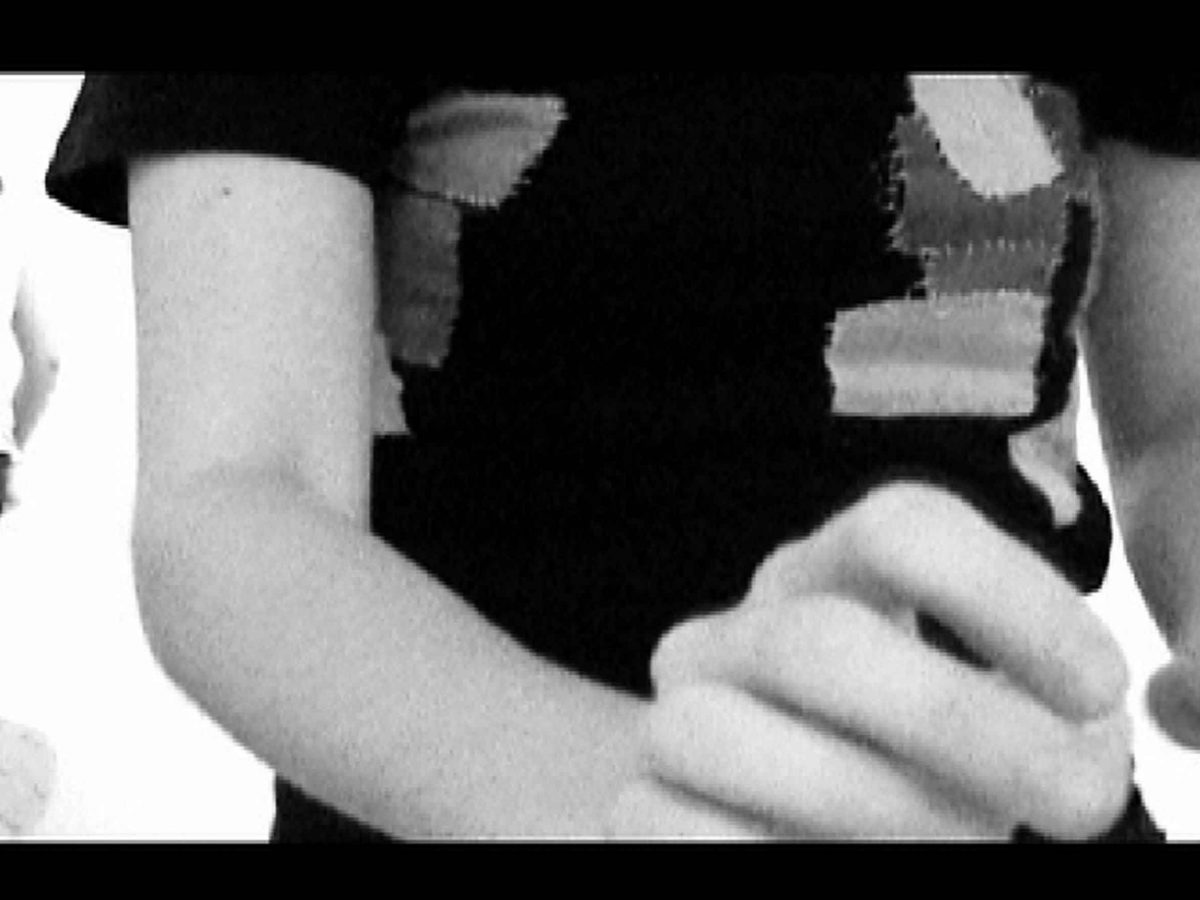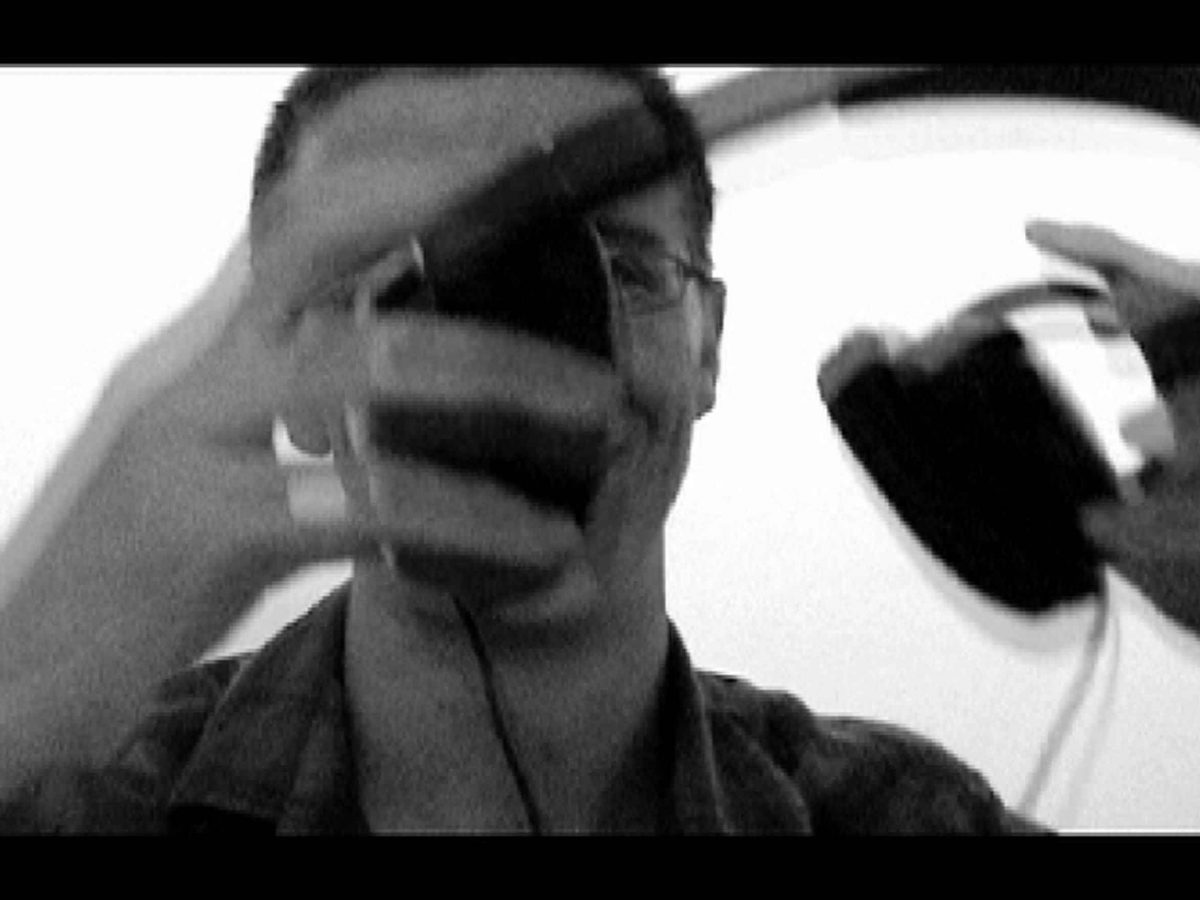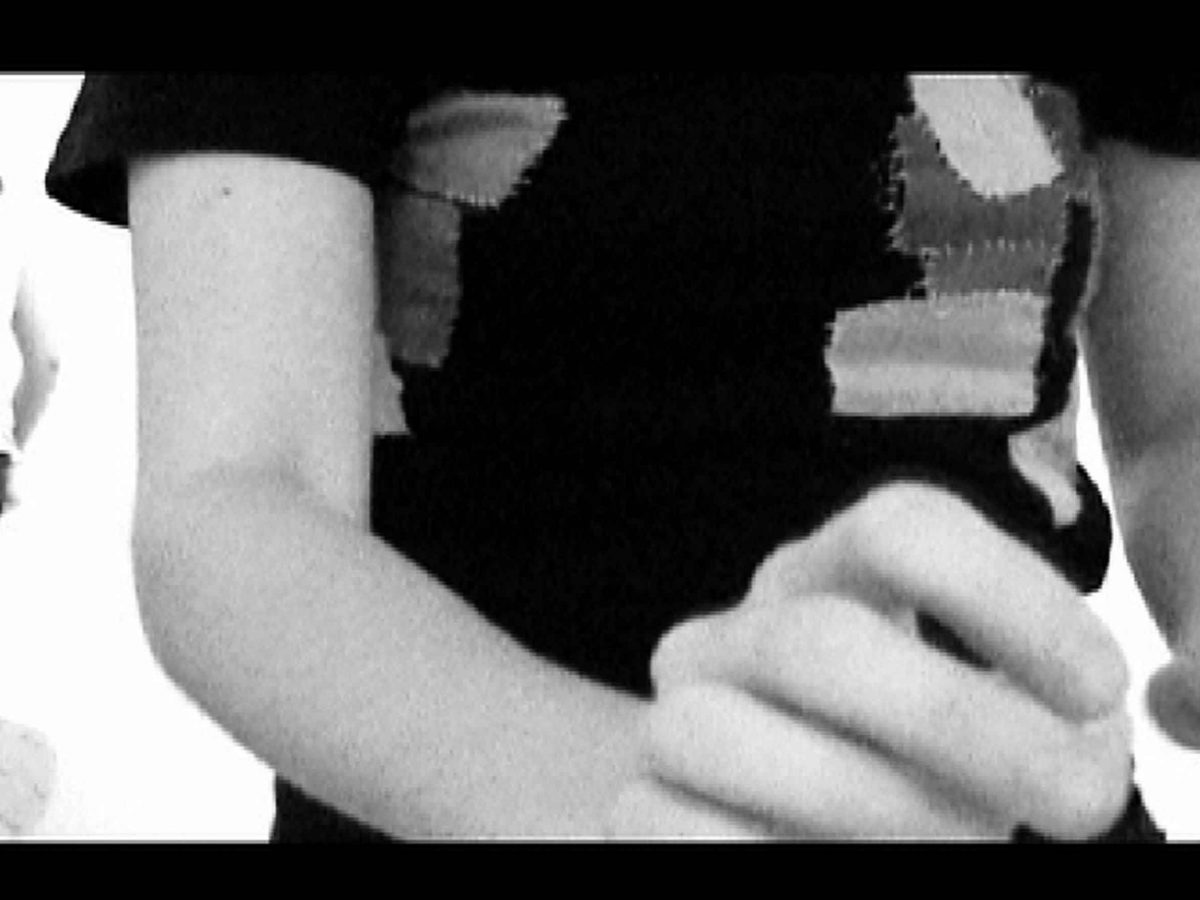For An Epidemic Resistance
Published
An unexplained laughter epidemic disease-phenomenon occurred in central Africa in 1962 is used here as a conceptual framework in which to situate the installation For An Epidemic Resistance. The social malady commenced on 30th January, 1962 at a mission-run girls’ middle school in the village of Kashasha. An explosion of laughter took place over the course of six months and contaminated several hundred people in the infected community and neighboring villages.
In this installation, the artist hopes to use laughter as a form of resistance for freeing oneself from its social self, allocating the individual and the collective to reach an ephemeral in-between state. Author and cultural theorist Marjolein’t Hart suggests in her publication Humour and Social Protest: An Introduction (2007) that humour [and laughter] is used in quite different political opportunity structures, from open democratic societies to harsh repressive regimes. Often, humour [and laughter] further the development of the collective identity of a s social movement, whereas in several cases humour [and laughter] act as a powerful communication tool, serving as a true “weapon of the weak”.
About the artist
Jacqueline Hoang Nguyen holds a post-graduate diploma in Critical Studies and a Master of Fine Arts from Malmö Art Academy. She has exhibited at Rooseum, Museum of Contemporary Art in Malmö, Sweden, and the Living Art Museum in Reykjavik, Iceland. Also, she has the distinction of being the recipient of IASPIS (2009), the Swedish Research and Development in the Arts (2007), and the Nordic Institute for Contemporary Art NIFCA (2004) amongst many other recognitions.
www.jacquelinehoangnguyen.com
www.galleripictura.se
www.full-pull.org


